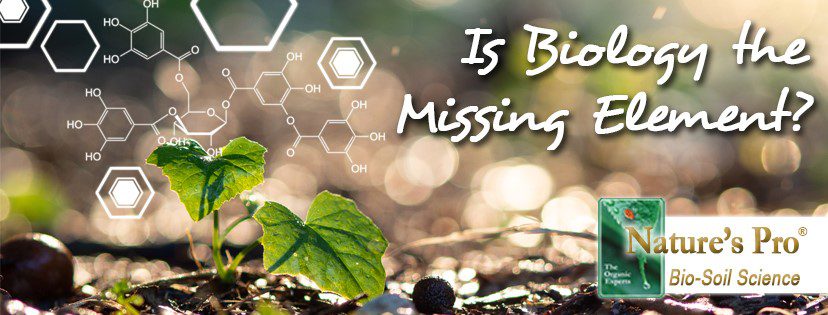Can You Identify the Difference Between “Survive” and “Thrive”? Sometimes it’s the smallest of things.
As a turf or plant health care specialist you know this scientifically proven maxim:
Law of the Minimum
Plant growth is limited by the scariest nutrient available.
To more clearly define, this law applies to the relative proportion of the nutrient required by the plant. If a plant has enough nitrogen, adding more nitrogen won’t impact plant growth if it really needs more manganese.

Justis von Liebig (1803 – 1873)
Perhaps one of the greatest chemistry teachers of all time.
Biological Chemistry
Organic Chemistry“
Father of the Fertilizer Industry”
Keith here . . .
As we have reported before, serious plant health care professionals know that N-P-K are far from the only nutrients that need to go into the bag, the box, or the bottle. And as Liebig’s research clearly proved over 150 years ago, lack of vigor in plant growth can easily be something for which you are not even testing. Of course, the deficient nutrient may not be in the product you are selling to your customers. So, the first principle to successful plant health care is to KNOW. Lack of awareness of the critical topics we write about certainly contribute to poor plant performance. . . and unhappy customers.
Suppose you use the best soil test you can find (we suggest “Prescription Soil Analysis” for its completeness and compatibility with actual plant processes.) Will you be successful at growing “Thriving Plants”?
Not necessarily.
It’s not that easy because, as you know, other factors come into play. Like biology.
By in large, green industry professionals ignore the critically important role that biology plays in maintaining plant health. Yes, first year college courses teach the fundamentals of soil health and the symbiotic relationship that mycorrhizae plays with plant roots, exchanging carbohydrates for nutrients, It tends to be mostly theoretical, because on a practical basis the industry tends to assume that there is enough functioning biology in the soil to support the plant.
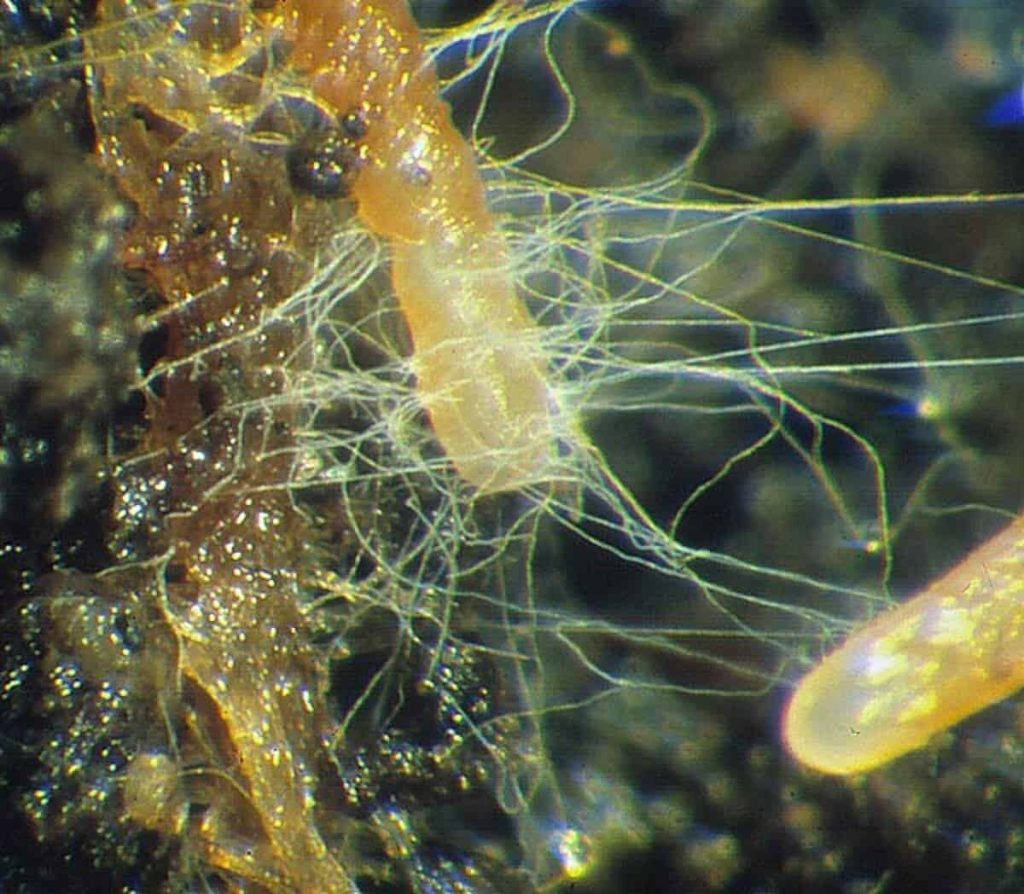
Nothing could be further from the truth. That may be true in the forest, but not so much in the urban and suburban soils in which we do our daily work.
As a matter of fact, we do an awful lot to destroy beneficial biology with broad spectrum disease product applications that eliminate good biology along with the bad biology that we are trying to control. The entire biological system suffers as a result, including the health of the plants we are trying to protect.
But beyond nutrient transfer at the fine root hair level, biology is a super achiever at solubilizing nutrients in order that they can become available to the plant. A great example is nitrogen, as we can see from the nitrogen cycle.
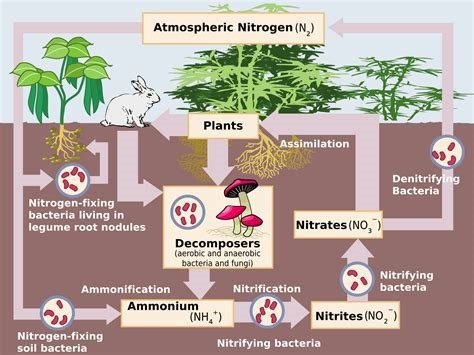
As seen in the graphic above, there are six different locations in the Nitrogen Cycle where both bacteria and, to a lesser extent, fungi play a role in making nitrogen available to plants, in particular the activity of nitrifying bacteria. How much beneficial bacteria is in the soils you are managing on behalf of your customers?
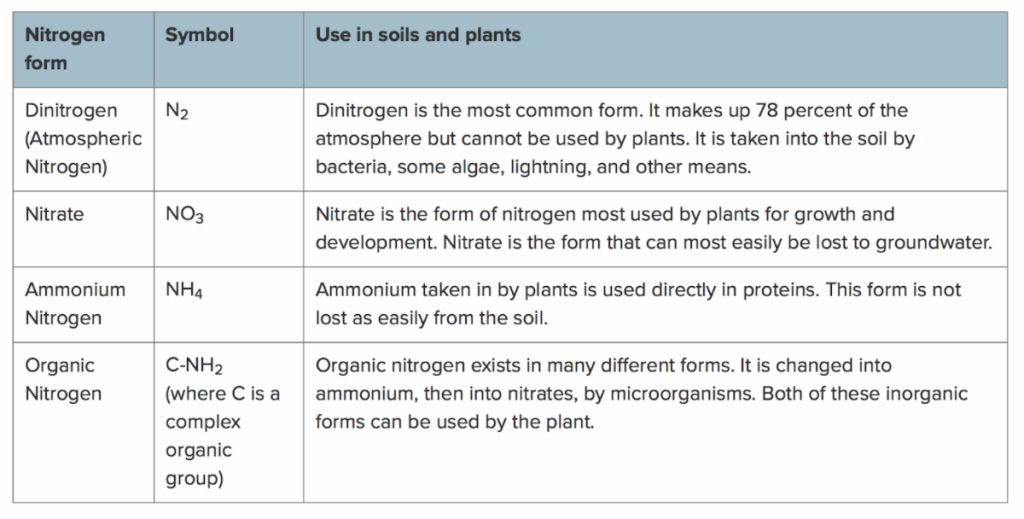
*Scott Killpack & Daryl Buchholz, Department of Agronomy – Extension, University of Missouri
For instance, urea fertilizer ((CO(NH2)2) cannot be used by plants as applied. Without sufficient bacteria, it cannot become ammonium, which is the form of nitrogen that plants can use. Refer to the chart above.
Likewise, ammonium nitrate (NH4NO3) cannot be used by plants as applied. Biology is required to create plant available forms of ammonium (NH4) and nitrate (NO3).
Even atmospheric nitrogen (NO2), also found in the air spaces of the soil (78% of the air in the soil is NO2) is not usable by the plant without interacting with nitrogen-fixing soil bacteria.
What’s a plant health care / soil care specialist to do?
You can test. Call me at (800) 645-6464 about a biological soil test.
Or you can add biology.
The great thing about adding biology is that you can never get too much of it. The more beneficial biology you have in the soil the healthier plants will be, whether it is turf grass or giant redwoods.
Biology is available in two forms and we can assist you with both.
The easiest but more expensive option is a stabilized biological product. We market Soil Provide: the most comprehensive composition of diverse biology available. It does not require refrigeration, has a shelf life of a year, and requires no special application equipment. Just dump it into the spray equipment you already own as long as it is not used for fungicide.
Compost Tea is the hands-on, do DIY option. It has the benefits of lower cost and greater biological diversity. Conversely, it takes more time, requires a greater initial investment and takes time to prepare in advance before each application rather than sitting on a shelf ready to use.
The biology resulting from “brewing” compost tea is the result of suspending biology-rich compost in a bag submerged in a water bath for 24 hours while adding huge amounts of air and special food sources. The process knocks the biology off of the compost and multiplies the population of bacteria and fungi by up to 30 times. Best of all, by suspending the biology in a liquid, it can be applied anywhere versus the compost that can only be applied on the ground. Applying beneficial biology on plants helps them out-compete the diseases. It is one of the critically important strategies used to grow organic foods.
Compost Tea Brewers come in sizes from 10 gallons to 1000 gallons, a size to match every need from homeowner to full scale commercial or agricultural use.
Our Dirt Simple™ compost tea brewers are shipped all over the world because of their great tea brewing ability, simple design, and ease of cleaning.
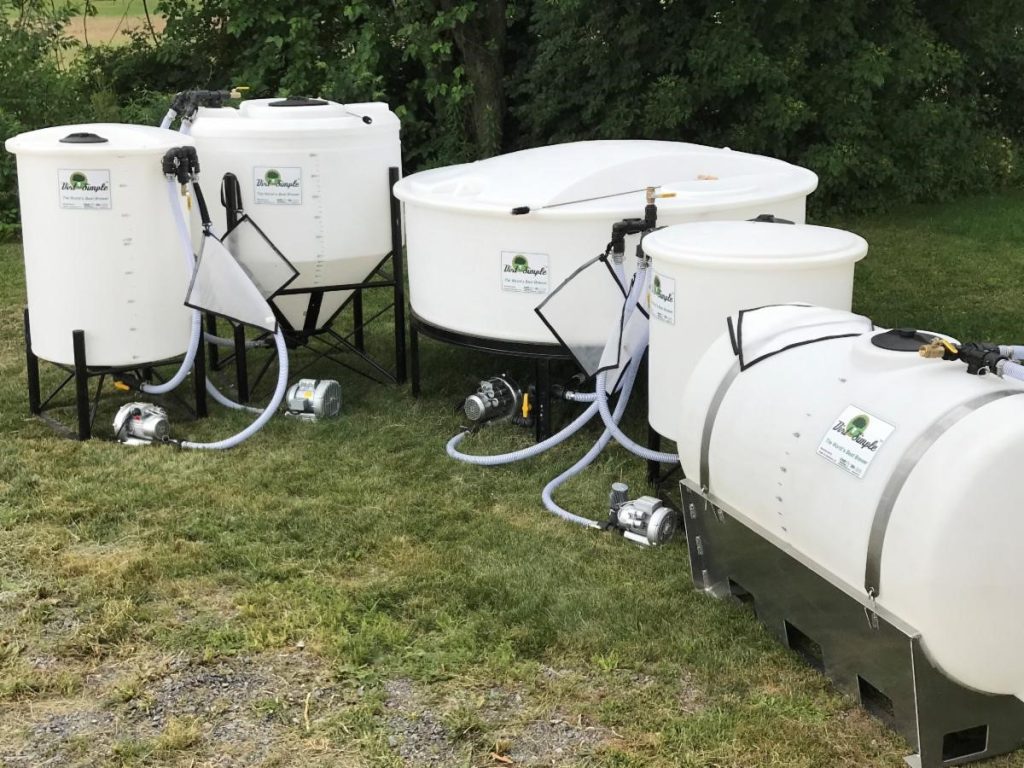
Examples of Compost Tea Spraying Equipment
Green Pro also manufactures a specialty line of Compost Tea Application Sprayers.

Multi-Purpose Tree, Turf & Organics Sprayer
Up to 85′ high

300 Gallon Multi-Function Crop Sprayer
Horizontal Spray – up to 60′ wide and up to 8′ above the ground to spray above all types of crops.
Vertical Spray – Up to 25′ high, one or both sides.

110 Gallon Brewer/Sprayer Unit
Either 3-point or skid configuration.

110 Gallon UTV Sprayer
Using biology to transform an athletic field.

Rodale Institute Research Farm
Conversion of existing field sprayer into multi-purpose compost tea sprayer.
Bottom Line – Every soil can use more biology. There is a long list of benefits, among them facilitating the transfer of nutrients into plants so they can THRIVE. With over 15 years of experience, Green Pro is uniquely positioned with both products and equipment to produce and apply live biology.

